Travel Tips:
Learn About Tibet & Tibet Culture in Dharamsala
In 1950 China invaded Tibet. As a result of the invasion and resultant occupation, Tibet’s national and spiritual leader, HH the Dalai Lama was eventually forced to flee. He relocated to Dharamsala, India in 1959, where he established his home base and the headquarters of the Tibet Government headquarters in exile.
Since the 1950 invasion, the Chinese government and military have been holding Tibet hostage. That’s more than 60 years. Even worse, the Chinese government has taken on a stringent policy – goal – of entirely wiping out the Tibetan nation and culture, insisting that the former lands and people are part of China.
The Chinese have destroyed over 6000 Tibetan temples, tortured and killed an estimated 1.2 million Tibetan people, reduced thousands of others to begging and starvation. Simultaneously, the Chinese have imported so many Chinese citizens into formerly Tibetan territory that the Tibetans are now a minority in their own land.
Over the years, more than 100,000 Tibetans have made the dangerous journey over the Himalayan Mountains on foot to escape the oppressive Chinese occupation. Tibetans in exile have set up communities in several locations in Nepal, Bhutan and India.
But Dharamsala has remained the home of the Dalai Lama, the seat of the Tibetan government in exile and one of the largest Tibetan communities outside their homeland. Tibetan culture and arts are best preserved and promoted there as well through many Tibetan organizations and other supporting countries’ NGOs.
The majority of westerner visitors to Dharamsala go there specifically because it’s the home of Dalai Lama and the Tibetans in exile. Visitors go to learn about Tibet’s plight, to study Buddhism or Tibetan culture, meditate, volunteer or otherwise support the Tibetan people in their struggle against Chinese oppression and occupation.
As a result, Dharamsala has become a major tourist destination in India. It’s also arguably the best place on the planet to learn about Tibet and to immerse oneself in Tibetan daily life, culture, arts and religion.
Visitors can learn about Tibet history and the struggle against Chinese occupation at several museums and galleries. You can see (and purchase) Tibetan arts & handicrafts, including carpets, thanka (religious paintings), musical instruments, various brass statues & religious artifacts, handbags, clothes and knitwear at various Tibetan centers, shops and street stalls.
You can watch live performances of Tibetan dance, opera, music and theater. You can eat a variety of Tibetan food in several authentic Tibetan restaurants. You can study Tibetan Buddhism, massage, medicine, language or cooking. You can volunteer, donate money and goods or sponsor a Tibetan child.
Here’s a detailed list of opportunities:
Learn about Tibet, its history & current plight:
Tibet Museum – learn the history of the Chinese occupation and watch daily films about Tibet
Gu Chu Sum Gallery – displays photos of Chinese torture of Tibetan people, including monks
Namgyal Gompa Bookshop – located inside Tsugklagkhang Complex, the main Tibetan Temple in Dharamsala
Library of Tibetan Works & Archives –Tibetan Buddhist & Bon texts rescued from Tibet, many translated into various languages
Contact Magazine – monthly free publication with Tibet news, events and performances in Dharamsala and advertisements for various courses & charities
Enjoy & Learn about Tibet culture & arts:
Tibetan Handicraft Center – watch Tibetan women making amazing Tibetan carpets, browse their store full of Tibetan arts & handicrafts and carpets made on site
Norbulinka Institute – trains Tibetans on traditional wood carving, weaving, thangka painting and metal sculpture making. Also has a ‘Doll Museum’ with displays of traditinoal Tibetan life and performances. Located about 10 km from Dharamsala.
TIPA – Tibet Institute of Performing Arts. Puts on various traditional Tibetan performances including dance, opera and music. Holds the Annual Tibet Film Festival.
Tibet Music Trust – trains Tibetans in traditional music, dance & opera. Presents regular performances to the public.
Men Tsee Khang aka Tibetan Medical & Astrological Institute – offers courses in Amchi- holistic Tibet Medicine – and has a medical Museum
Tibetan food – eat a variety of Tibetan food prepared by Tibetan cooks at several restaurants around town, including Tibet Kitchen, Tibet Yak Restaurant and Green House
Cooking – learn how to cook Tibetan food from several cooking schools in Dharamsala
Tibetan Massage – learn Tibetan massage at various training centers
Tibetan Language – learn Tibetan at Lha, the Tibet Library or by private tutors who advertise in Contact Magazine
Contact Magazine – monthly free publication with Tibet news, events and performances in Dharamsala and advertisements for various courses & charities
Many roadside stalls and small shops sell Tibetan arts, handicrafts and clothes.
Talk to Tibetan people in town about their lives and/or Tibet
Immerse yourself in Tibetan Buddhism:
Tsugklagkhang Complex, the main Tibetan Temple in Dharamsala -hang out in the main temple watching the monks, visitors and daily goings-on
Tsee Chok Ling Monastery – visit this small monastery and pick up a brochure explaining its history
Tushita Meditation Center – offers courses on Buddhist philosophy and meditation
Library of Tibetan Works & Archives – offers Buddhist philosophy courses
Volunteer, donate or otherwise support Tibetans:
Volunteer Tibet – teaching, computer training, social services and other opportunities
Tibetan Children’s Village – Boarding School cum orphanage– visit this school at Dal Lake, 3 km from Dharamsala, which houses and educates nearly 2000 Tibetan children. Tour the school. Donate money or gifts. Sponsor a child.
Lha – volunteer teaching English or French, develop websites, help write grants
Hope Education Center – teach English to refugees
Learning and Ideas for Tibet – teaching and editing opportunities
Tibet Settlement Office – various volunteering opportunities and recommendations
Donate money at Tibetan temples and charities
Lha Soup Kitchen – volunteer to help cook or distribute food to the needy
Support Dharamsala’s Tibetan residents by eating at their restaurants, buying their art & handicrafts
Summary:
As you can see, whatever you might want to know about Tibet, its history or culture, you can probably learn in Dharamsala, India.
QUESTIONS:
Do you have any other places, courses or events to add to this list?
Do you know any other great places to learn about Tibet & Tibetan culture?
—————————————————————————————————————————————-
You might also enjoy:
Photo Gallery: Dharamsala
———————————————————————————————————————————————







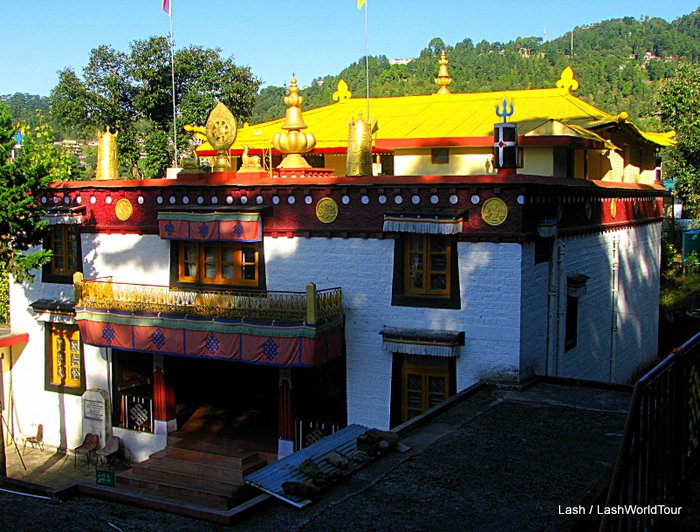
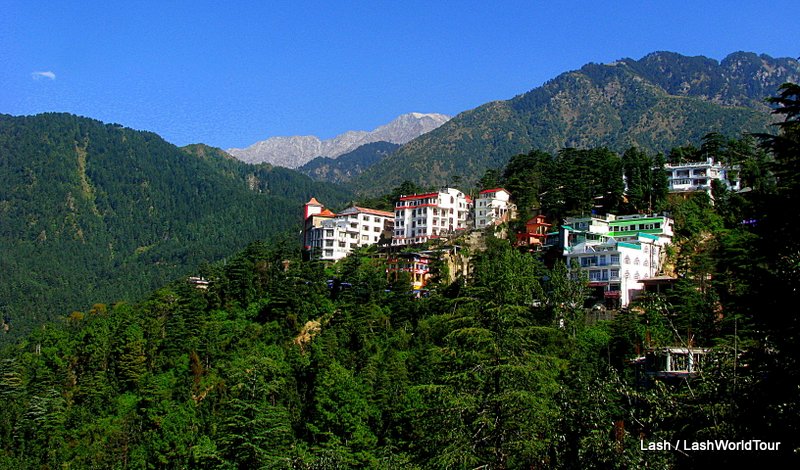
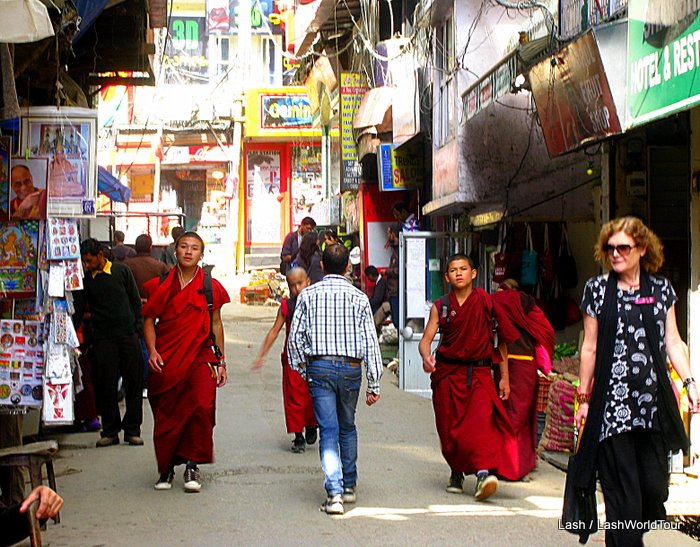
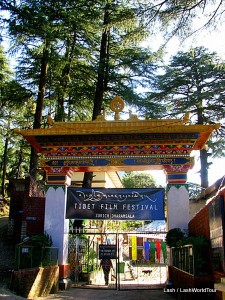
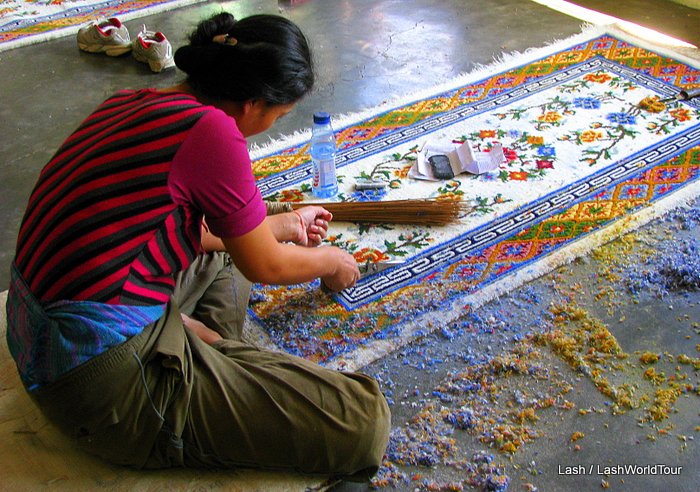
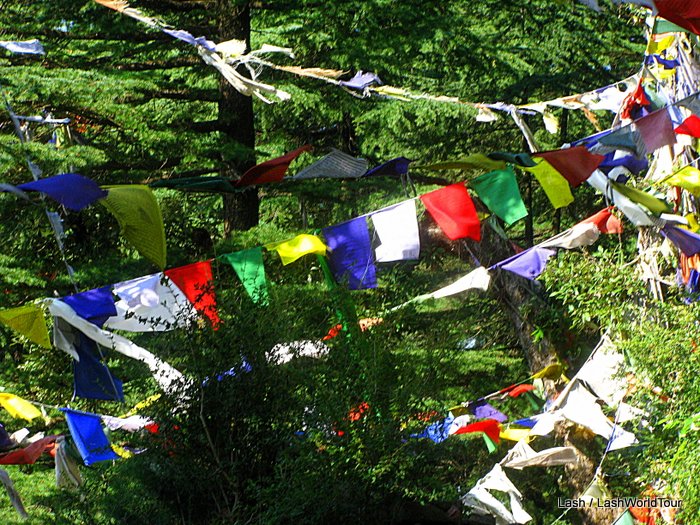
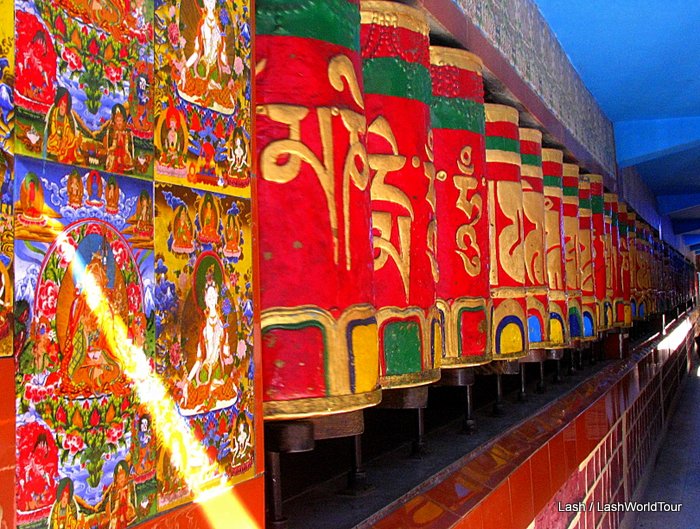
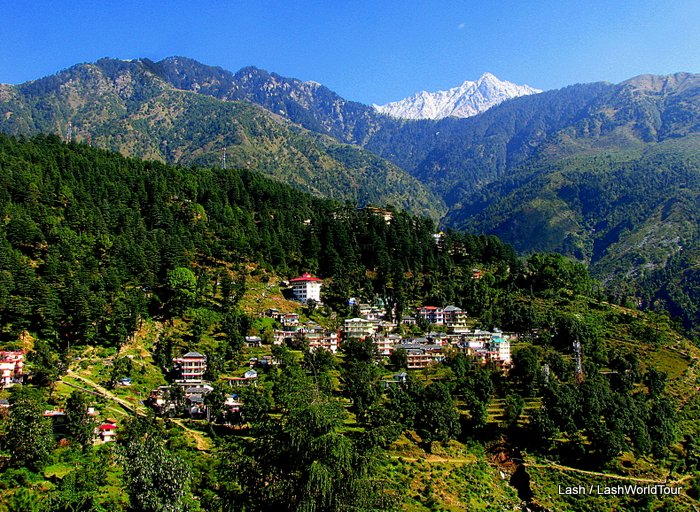
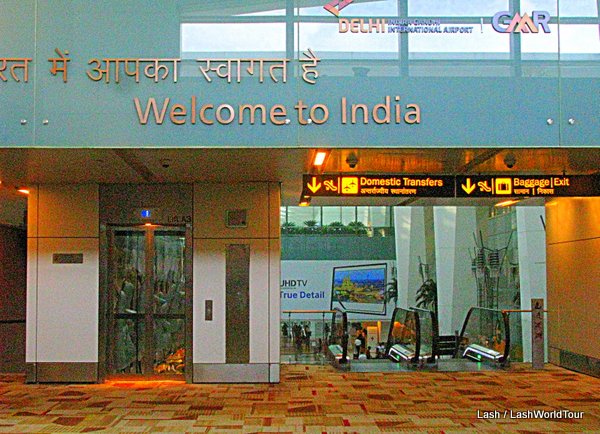
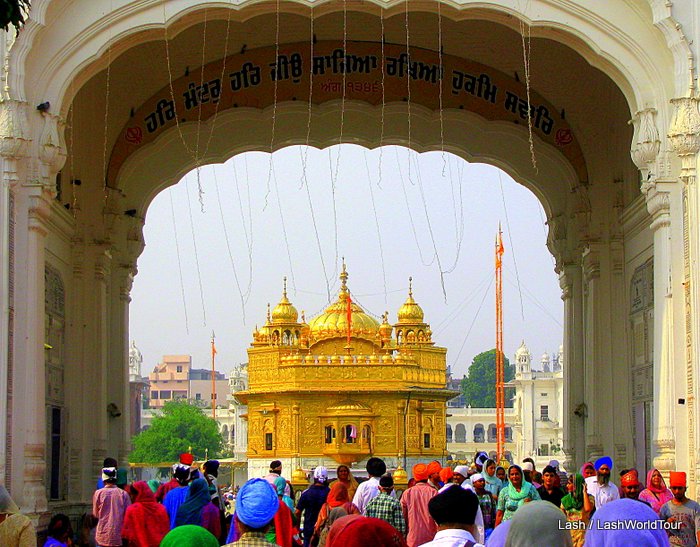


 Hi! I'm Lash, an American nomadic world traveler who's been traveling solo since 1998. I’m passionate about traveling the world nomadically and then sharing it all with you. I hope to inspire you to travel the world, to entertain you with tales from the road, and to help you reach your travel dreams. Welcome!
Hi! I'm Lash, an American nomadic world traveler who's been traveling solo since 1998. I’m passionate about traveling the world nomadically and then sharing it all with you. I hope to inspire you to travel the world, to entertain you with tales from the road, and to help you reach your travel dreams. Welcome! 




4 pings
Easy India - Himachal Pradesh State » LashWorldTour
2013/11/20 at 7:00 pm (UTC 8) Link to this comment
[…] lover’s paradise. Visitors to Himachal can go mountain trekking and white water rafting; learn about Tibetan culture, arts and Buddhism; take courses in meditation, yoga, Buddhism or Tibetan language; visit old British hill stations; […]
10 Easy Destinations in India » LashWorldTour
2013/11/27 at 4:05 pm (UTC 8) Link to this comment
[…] a photo gallery of Dharmasala and my suggestions for Learning About Tibetan Culture. […]